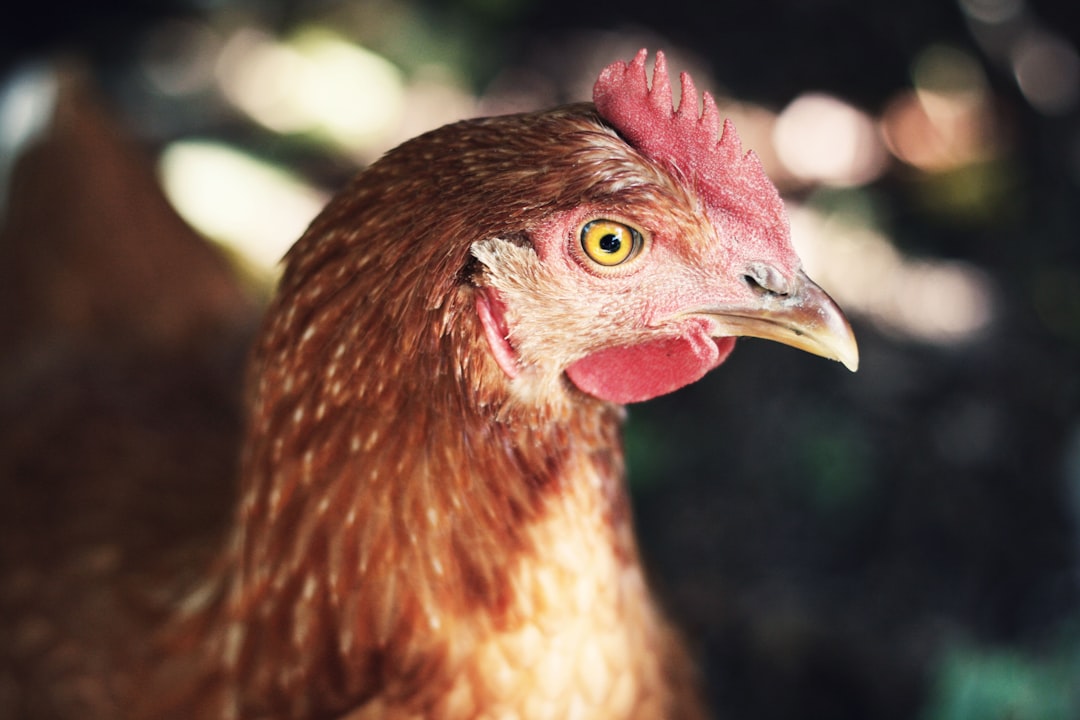Automation in poultry houses is transforming the industry by enhancing efficiency, reducing labor costs, and improving animal welfare. This technological shift involves integrating various automated systems to manage feeding, watering, climate control, and egg collection, among other processes. Here’s a comprehensive overview of how automation is revolutionizing poultry farming.
1. Benefits of Automation in Poultry Houses
Automation offers several benefits that are crucial for modern poultry farming:
-
Increased Efficiency: Automated systems ensure consistent and precise delivery of feed and water, minimizing waste and optimizing resource use.
-
Reduced Labor Costs: By automating tasks such as feeding, watering, and egg collection, farms can significantly reduce manual labor needs.
-
Improved Animal Welfare: Automated climate control systems maintain optimal environmental conditions, reducing stress and enhancing bird health.
-
Enhanced Productivity: With automated monitoring, farmers can make data-driven decisions to optimize production processes.
2. Key Automated Systems in Poultry Houses
Several automated systems are integral to modern poultry farming:
-
Feeding and Watering Systems: These systems ensure birds receive the right amount of feed and clean water at all times, reducing competition and stress.
-
Climate Control Systems: Automated ventilation and temperature management maintain ideal conditions for bird health and productivity.
-
Egg Collection and Sorting: Automated egg collection systems reduce labor and minimize egg damage, improving overall efficiency.
-
Health Monitoring: Sensors and AI-powered tools track bird health, enabling early detection of diseases and proactive management.
3. Technological Innovations and Trends
The integration of IoT and AI technologies is driving automation in poultry farming:
-
IoT-Based Systems: These systems provide real-time data on farm conditions, allowing for remote monitoring and control.
-
AI-Powered Tools: AI helps analyze health data and environmental conditions to optimize farm operations and predict potential issues.
4. Challenges and Future Directions
While automation offers numerous benefits, it also presents challenges such as high upfront costs and the need for technical expertise. However, ongoing advancements in technology are expected to address these challenges, making automation more accessible and affordable for poultry farmers.
Conclusion
Automation in poultry houses is revolutionizing the industry by enhancing efficiency, reducing labor costs, and improving animal welfare. As technology continues to evolve, poultry farming is poised to become more sustainable, efficient, and humane. By embracing automation, farmers can meet growing demands for poultry products while maintaining profitability and contributing to a more sustainable food system. Whether through improved climate control or enhanced health monitoring, automation is transforming the future of poultry farming.
Citations:
- https://www.hotraco-agri.com/en/poultry-solutions/
- https://www.pashudhanpraharee.com/recent-advances-in-poultry-housing-and-automation-enhancing-efficiency-welfare-and-environmental-control/
- https://www.bio-conferences.org/articles/bioconf/pdf/2024/49/bioconf_bft2024_05007.pdf
- https://www.poultryworld.net/health-nutrition/fortica-the-automated-farm-system-for-poultry-farmers/
- https://www.agico.com.cn/news/automatic-farming-system.html
- https://www.marketresearchintellect.com/blog/from-manual-to-mechanical-the-transformation-of-poultry-farming-through-automation/
- https://www.alibaba.com/showroom/poultry-automation-equipment.html
- https://farrellymitchell.com/poultry/automation-in-poultry-industry/
- https://www.poultry.care/blog/the-poultry-farmers-automated-farm-system
- https://www.linkedin.com/pulse/role-automation-poultry-farming-qrlimited-9ewpf
- https://nybsys.com/solutions/smart-poultry-farm/

Comments
No comments yet. Be the first to comment!
You must be logged in to comment. Login